Flag football has been on an absolute tear lately. What started as a casual backyard game and a safer alternative to tackle football is now set to shine on the biggest stage in sports: it’s officially part of the 2028 Olympic Games in Los Angeles. At the same time, the NFL has been dropping hints about potentially creating a professional flag football league. All of this adds up to a thrilling moment in the sport’s history—one where new players, new fans, and new opportunities seem to appear every day.
Right in the middle of this incredible growth is USA Flag, who’s been key in uniting communities around the game and inspiring people to pick up a flag belt and play. Whether it’s helping kids learn the basics or hosting massive tournaments with teams flying in from overseas, USA Flag has shown just how much potential this sport has. Let’s explore what’s happening in flag football right now and why there’s so much excitement surrounding its future.
A Worldwide Phenomenon on the Rise
One reason for flag football’s soaring popularity is how approachable it is. All you really need are flags, a football, a smaller field, and a passion for the game. Because there’s no tackling, players can focus on speed, strategy, and skill rather than the big collisions you see in tackle football. This opens the door for a lot of people—parents get comfortable letting their kids try it, and adults who might’ve shied away from full contact are happy to jump in.
Plus, the sport translates well globally. It’s cheaper to organize than tackle, and you can set it up practically anywhere. As a result, we’re seeing countries around the world form new leagues and send teams to international tournaments. Thanks to social media, amazing plays can go viral fast, helping introduce the game to viewers who might not otherwise tune in to regular American football.
But what really put the sport on the fast track was the announcement that flag football will be part of the 2028 Olympics in LA. That single decision catapulted the sport into headlines worldwide and signaled to fans, athletes, and sponsors that flag football is no longer just a recreational pastime—it’s a global contender here to stay.
The Impact of USA Flag
While different organizations each play a part in flag football’s success, USA Flag has been especially influential. It has built programs and competitions around the country that give players at every level a place to showcase their skills. From kids who are just learning how to throw a spiral to adults who’ve been competing in local leagues for years, USA Flag welcomes everyone.
A huge part of this is because USA Flag believes in community-building. By putting on high-quality events, offering coaching resources, having the world’s top staff and officials, it’s been able to spark interest in places that never had a strong connection to American football at all. This community aspect has also helped breed a supportive network of players, coaches, and fans who stay involved and keep growing the sport’s reach.
With the Olympics now firmly on the horizon, more and more athletes are looking for ways to sharpen their skills. While a separate governing body will handle the official U.S. squads, the groundwork laid by USA Flag is a huge part of why the talent pool in America is so deep. And it’s not just about the United States—USA Flag has developed relationships across continents, fueling global growth as well, where the competition is increasingly growing thanks to USA Flag’s involvement.
Tampa’s Record-Breaking World Championships
One of the best examples of flag football’s explosive momentum is the USA Flag World Championships in Tampa, Florida. This event shattered attendance and participation records, even earning a Guinness World Record along the way. But the numbers only tell part of the story. The atmosphere in Tampa was electric: players and fans from around the world got to celebrate the sport they love on an epic scale.
One of the biggest headlines out of Tampa was the staggering rise in international team participation. Compared to the previous year, there was over a 300% increase in teams from outside the United States. Even more exciting, early signs suggest that participation could easily double again by 2026—a mind-blowing rate of growth that few other sports can match. This surge highlights how quickly flag football has become a global obsession and how big of a spotlight USA Flag events can offer.
The Tampa championships weren’t just for the elite-level athletes, either. Youth divisions were buzzing with families on the sidelines, cheering on future stars of the game. Clinics, exhibitions, and even social gatherings filled out the schedule, creating an environment where competition and camaraderie went hand-in-hand. For a lot of fans, seeing teams from such a diverse set of countries all in one place was a glimpse of what the Olympics could look like in 2028.
The Road to the 2028 Olympics
When the news broke that flag football would be in the 2028 Olympic Games in Los Angeles, it felt like the sport leveled up overnight. Suddenly, every aspect of flag football—from local rec leagues to international tournaments—had a fresh sense of purpose. Players are now training with the dream of representing their countries on home turf in LA, and national sports federations are investing more to ensure they’re ready.
Olympic inclusion typically leads to more resources, more media coverage, and more fans. It also raises the level of competition as teams around the world seek out top-tier coaching and facilities. This is great news for spectators, who can look forward to watching a dynamic, skillful style of football unlike anything else at the Olympics.
For the United States in particular, being the host nation adds an extra layer of excitement. There’s a sense that American fans will get to see the game that started in their backyard reach a global apex.
Even though official national team matters are handled elsewhere, everything USA Flag does—youth development, tournaments like the Tampa World Championships, and global outreach—helps keep the fire burning for stateside athletes who see the Olympic Games as their ultimate goal.
The NFL’s Interest in a Professional Flag Football League
While most fans know the NFL for its tackle-focused product, the league has made it clear that it’s exploring the idea of launching a professional flag football league. If this happens, it could bring a massive wave of attention, sponsorships, and television deals to the sport. Although there’s no direct partnership between USA Flag and the NFL, the ripple effect of pro-level flag football would be huge for everyone involved.
Why would a professional league matter so much? For one thing, it would give serious athletes—both men and women—a clear chance to pursue a career in flag football. That’s a game-changer. It means little kids at the youth level could one day see themselves not just playing in college or at a major tournament, but possibly signing a professional contract. That kind of dream fuels dedication and growth.
Another upside is that a pro league could easily attract fans who love football but crave a faster, safer version of the sport. Imagine star players with big personalities, highlight reels all over social media, and championship games aired on major networks. It’s not hard to see how quickly a professional flag football league could capture a whole new audience, both in the U.S. and abroad.
USA Flag’s International Expansion—Especially in Asia
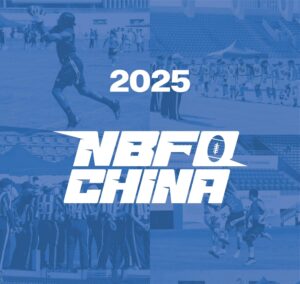 Even though flag football began with a strong base in the United States, its expansion is picking up speed in places as far-flung as Europe, Latin America, and—most notably—Asia. USA Flag has been actively partnering with groups overseas, sharing insights on how to develop leagues, train coaches, and set up tournaments. One of the most exciting regions right now is China, where interest in flag football seems to be growing fast.
Even though flag football began with a strong base in the United States, its expansion is picking up speed in places as far-flung as Europe, Latin America, and—most notably—Asia. USA Flag has been actively partnering with groups overseas, sharing insights on how to develop leagues, train coaches, and set up tournaments. One of the most exciting regions right now is China, where interest in flag football seems to be growing fast.
Through developing online coaching clinics, workshops, and helping support friendly exhibition matches, USA Flag is helping lay the foundation for a vibrant flag football community in China. And China isn’t alone; other parts of Asia, such as Japan and Thailand, already have strong flag football scenes. As interest spreads throughout the continent, the level of competition is rising, too. New teams want to measure themselves against international competition, which leads to more cross-border tournaments and a deeper network of dedicated players.
This kind of global teamwork is exactly what helps a sport thrive long-term. By exchanging ideas and learning from each other, different countries develop their own styles of play and coaching philosophies. Then, when everyone meets up at big events—like the Tampa World Championships—it’s a true showcase of the sport’s diversity and reach.
Women in Flag Football
Another standout aspect of flag football’s rise is the incredible growth of women’s participation. Because the game doesn’t revolve around heavy contact, women find a more level playing field to exhibit their speed and skill. The result is fiercely competitive women’s divisions that often rival men’s games in intensity and excitement.
USA Flag has been a leader in ensuring women’s teams get the spotlight they deserve. Visit any of their major tournaments, and you’ll see top-level women’s divisions that draw passionate crowds. With the Olympics looming and the potential for a pro league, it’s likely we’ll see even more women training full-time and aiming for the upper echelons of the sport.
The importance of female role models in flag football can’t be overstated. When young girls see women hitting the field and playing at a high level, it sends a powerful message that they, too, can compete in and shape the future of the game. This spirit of inclusion benefits the entire community, making flag football a great example of how sports can bring people together regardless of gender.
Brands and Celebrities are Taking Notice
 One of the clearest signs that flag football has hit the mainstream is the growing interest from big brands and high-profile athletes. It’s no secret that major companies and celebrities tend to gravitate toward sports that generate buzz, and right now, flag football is hotter than ever. If you were at the recent Tampa World Championships, you might’ve noticed big names like BodyArmor, Dove, and Optimum Nutrition on banners and booths around the event. They’re showing up for a reason: they see flag football as a dynamic, inclusive sport that’s captivating fans of all ages.
One of the clearest signs that flag football has hit the mainstream is the growing interest from big brands and high-profile athletes. It’s no secret that major companies and celebrities tend to gravitate toward sports that generate buzz, and right now, flag football is hotter than ever. If you were at the recent Tampa World Championships, you might’ve noticed big names like BodyArmor, Dove, and Optimum Nutrition on banners and booths around the event. They’re showing up for a reason: they see flag football as a dynamic, inclusive sport that’s captivating fans of all ages.
This wave of support is also coming from big-time athletes. Tyreek Hill, one of the NFL’s fastest superstars, made an appearance at Tampa to promote his Los Reyes sunglasses line. Amid the competition and festivities, he showed off his product and took the time to connect with fans—who were thrilled to see a player of his caliber supporting the flag community. And it’s not just current stars, either. Drew Brees, a legendary NFL quarterback, has been championing youth flag football through his Football N’ America league, which helps kids learn the ropes of the game in a fun, accessible way.
The result of all this interest is a burst of energy that’s fueling everything from bigger sponsorship deals to more media coverage. It’s also opening doors for grassroots leagues that can tap into these partnerships for better facilities, training programs, and community outreach. At this rate, it wouldn’t be surprising to see more big names—from music icons to global corporations—jump into the fray. That level of enthusiasm and financial backing can only mean one thing: the sky’s the limit for flag football, and it’s just getting started.
Looking Ahead: What’s Next?
So where does all this leave us? Simply put, flag football is on the verge of a major breakthrough. The Olympics are less than a handful of years away, and international teams are growing at a pace most sports can only dream about. Meanwhile, the NFL’s interest in a professional league is a massive X-factor that could introduce the game to millions of new fans.
USA Flag finds itself in an exciting position. Although it’s not officially in charge of any single national Olympic team or partnered with the NFL, it continues to serve as a driving force behind the scenes—organizing top-tier events, fostering grassroots growth, and spreading the love of the game across continents. Its Tampa World Championships are now a go-to destination for teams everywhere, and the record-breaking numbers speak for themselves.
All of this has created a buzz that’s hard to ignore. More parents are signing their kids up for flag football leagues, more college students are playing intramural and club games, and more communities are realizing they can bring a taste of the sport to their own neighborhood fields. It’s a grassroots movement that also happens to be building momentum on the world stage. That’s a rare combination, and it’s exactly why so many people see flag football as the next big thing.
Final Thoughts
Flag football’s story is a testament to how fast a sport can grow when it’s simple, fun, and adaptable to just about any culture. With the 2028 Olympics firmly in play, a potential pro league on the table, and ongoing international collaborations spearheaded by groups like USA Flag, it’s safe to say the game’s best days are still ahead.
Whether you’re a weekend warrior looking to stay active, a young athlete aiming to go for gold in LA, or just a curious sports fan who loves a good underdog tale, now is the perfect time to tune into the world of flag football. The sport is moving at warp speed, fueled by a mix of grassroots passion and high-level ambitions. And if the energy at tournaments like the Tampa World Championships is any indication, we can expect even bigger records, more dramatic moments, and a whole lot of new fans joining the huddle in the months and years to come.



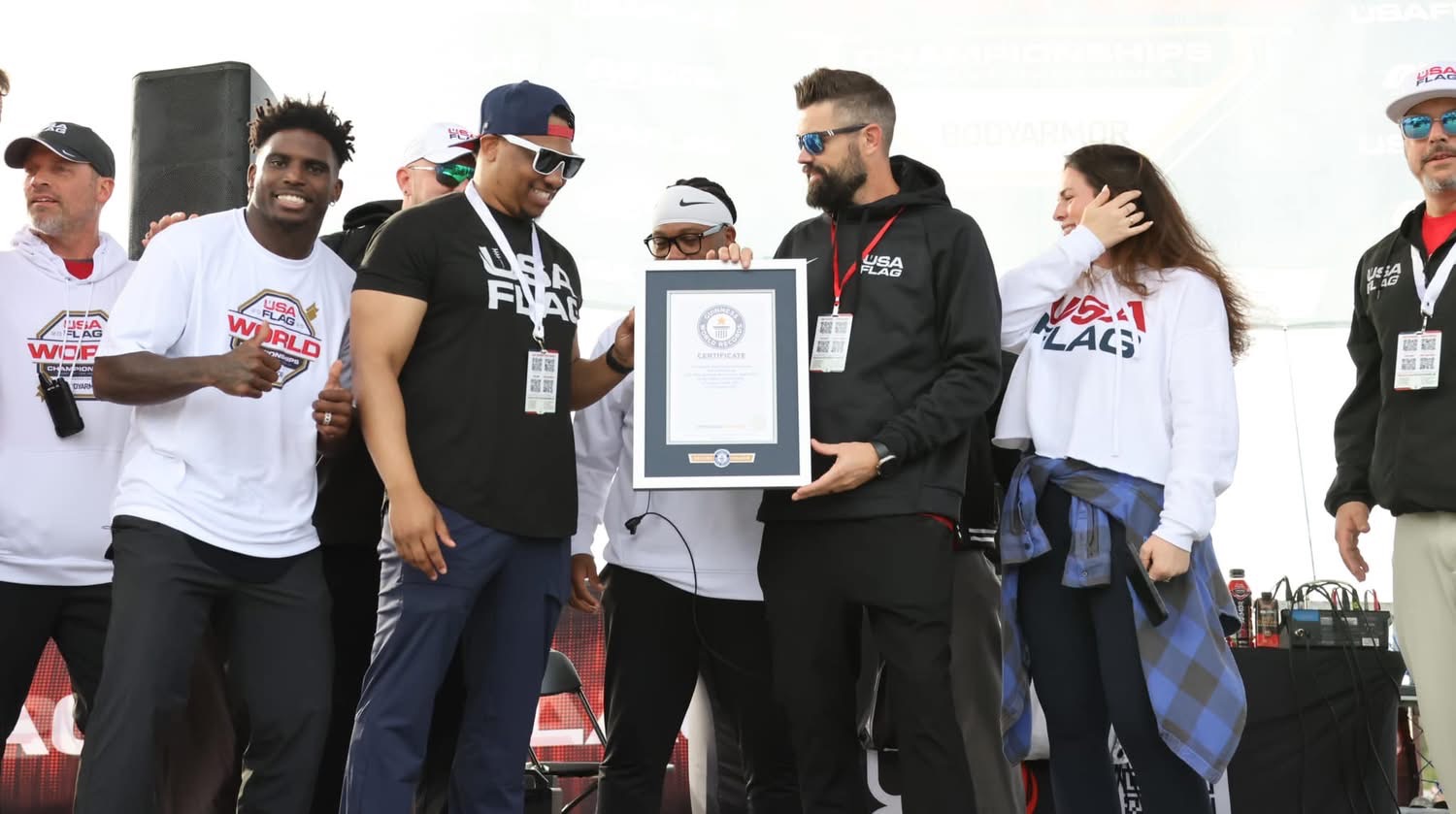
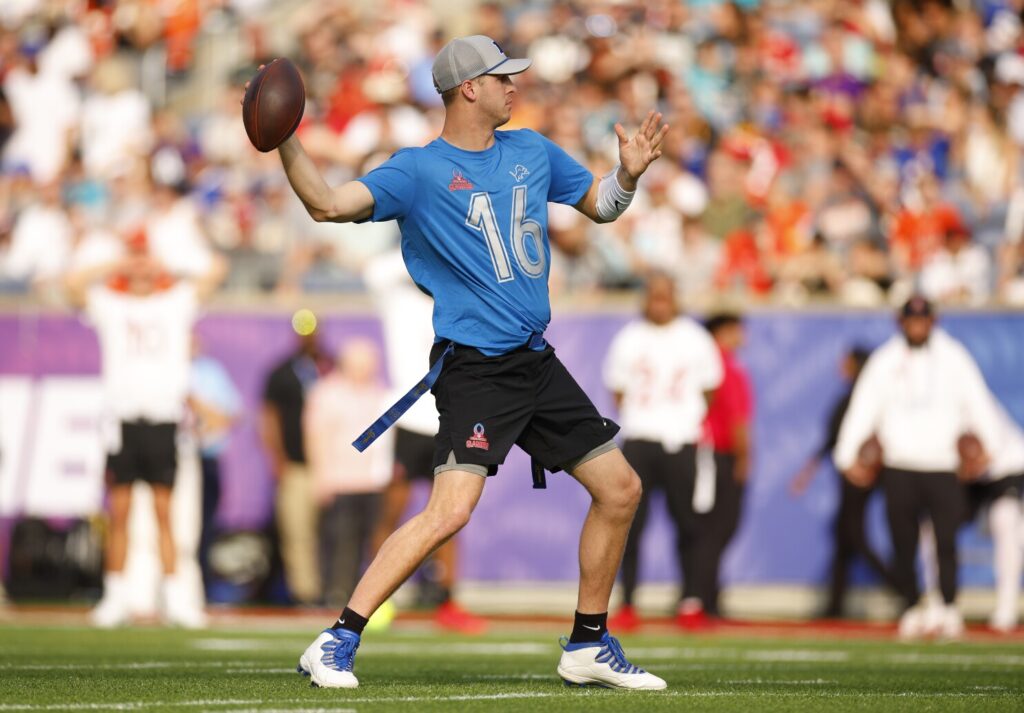

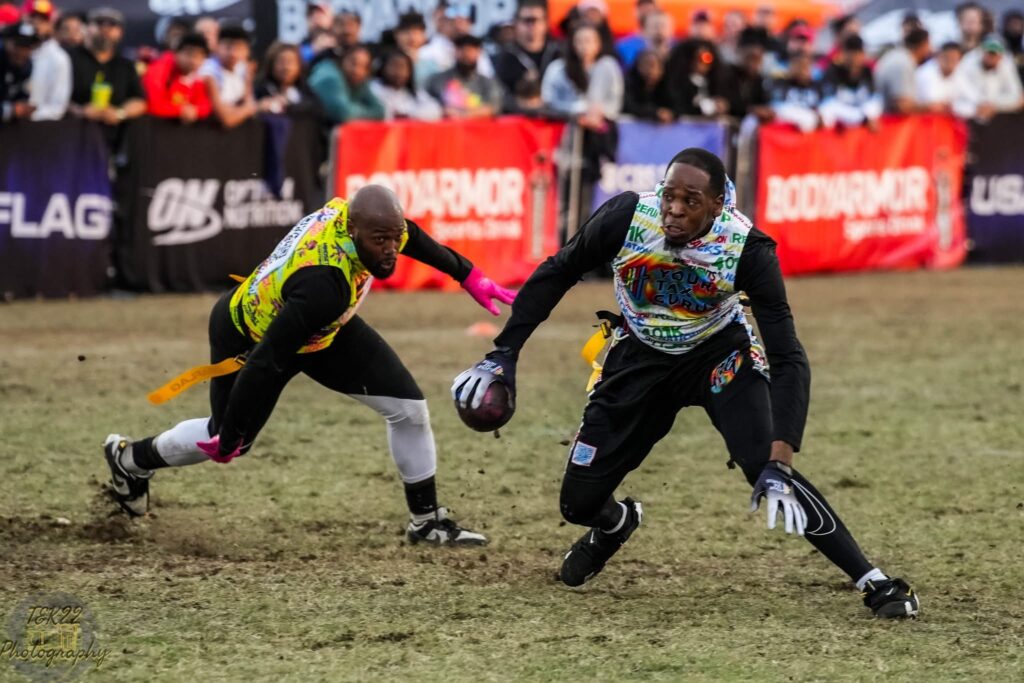
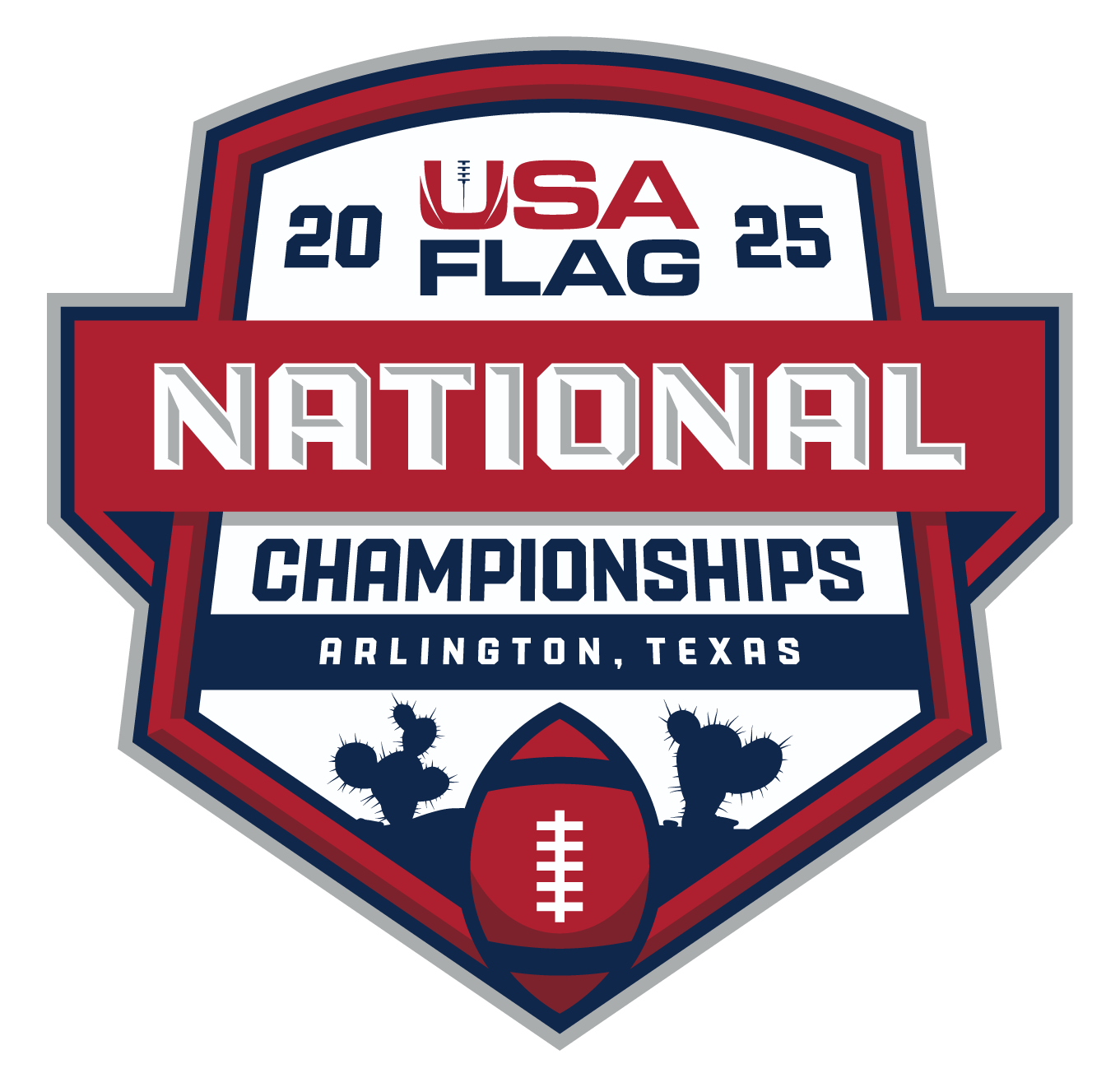
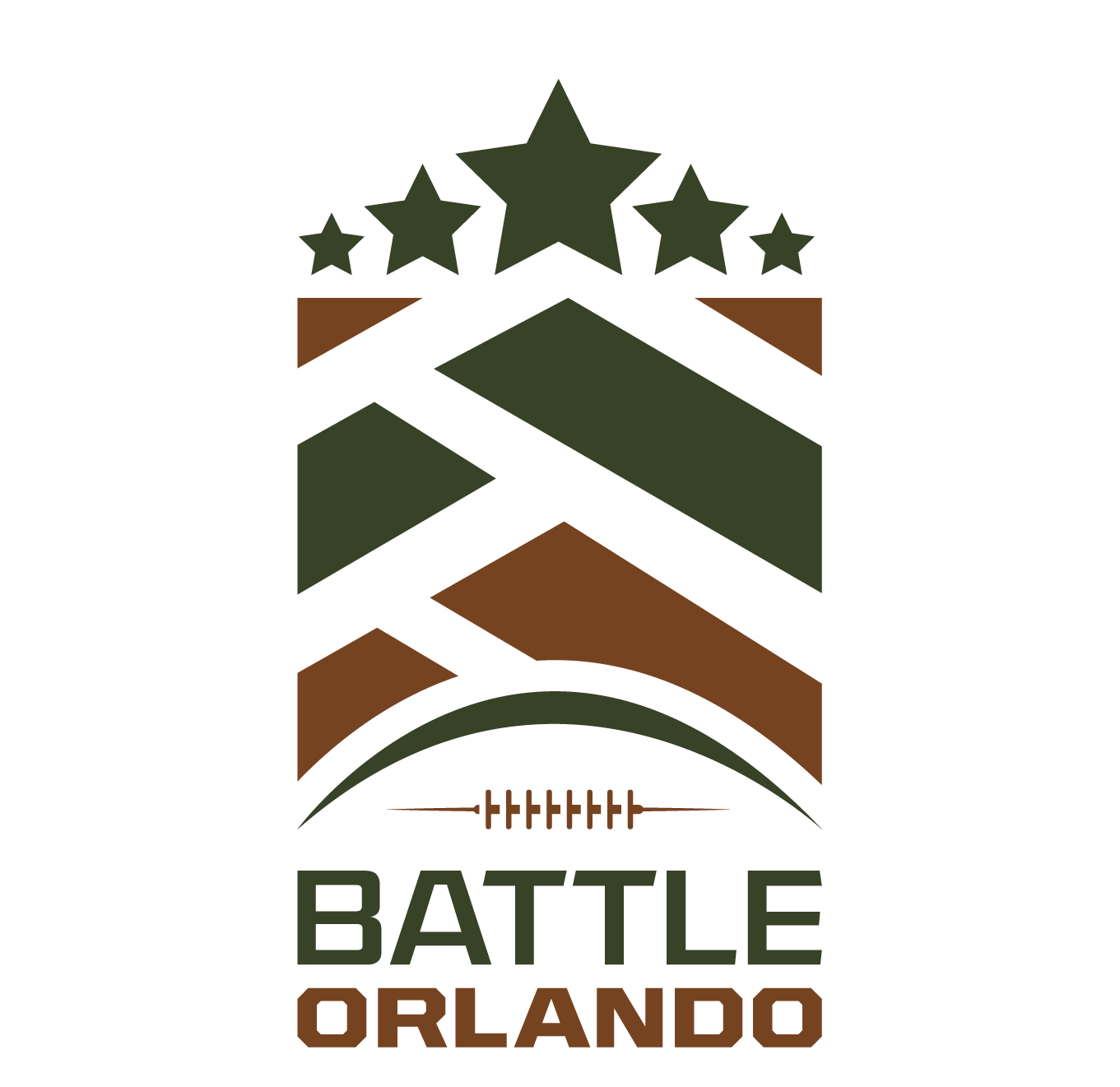


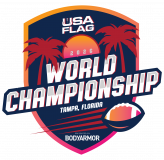
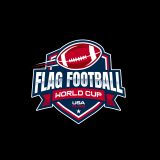
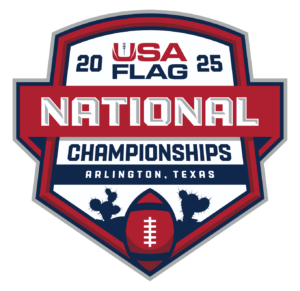
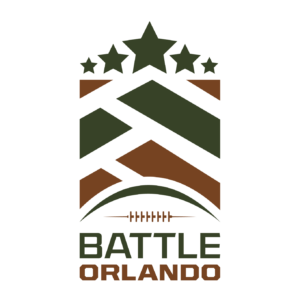

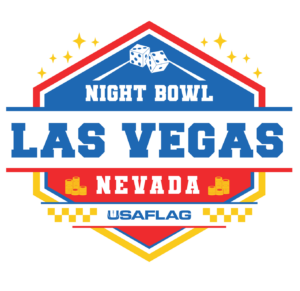

No Comments